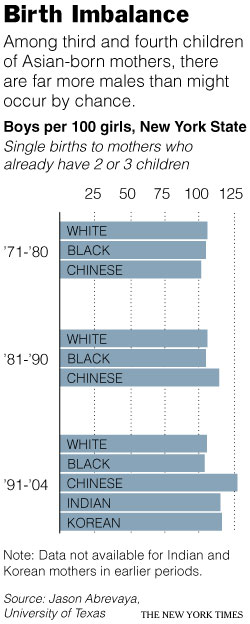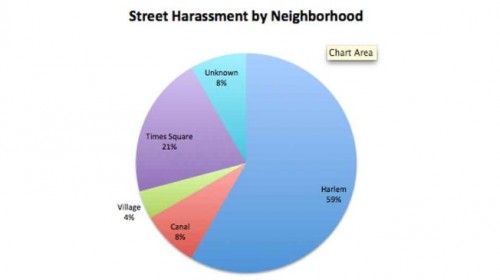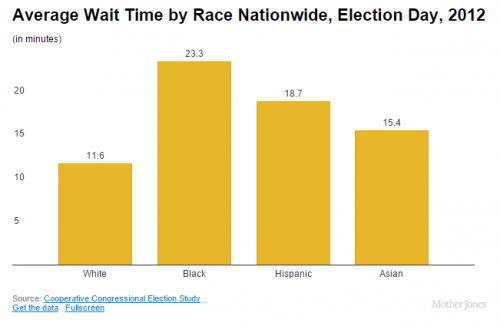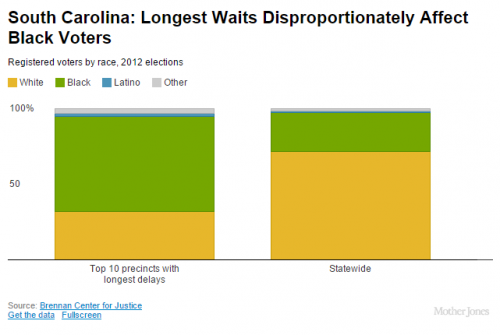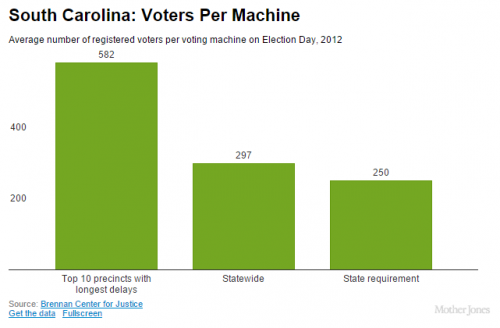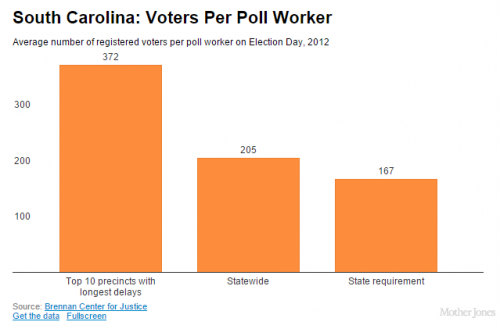 Much has been said — and much more should follow — about the militarization of the police in American cities. The images coming out of Ferguson, MO these past weeks testify to the distribution of military-grade hardware, gear, guns, and vehicles to your everyday police officer.
Much has been said — and much more should follow — about the militarization of the police in American cities. The images coming out of Ferguson, MO these past weeks testify to the distribution of military-grade hardware, gear, guns, and vehicles to your everyday police officer.
Here I’d like to focus on just one small part of this distribution of military-grade equipment: the uniform. It’s not, by a long shot, the most straightforwardly dangerous, but it is a powerful symbol. It’s a “dead giveaway,” writes a political scientist at Gin & Tacos, that there is something amiss with the “mindset of law enforcement.” He’s referring to the swapping of blue or tan in favor of camouflage, like in this photo by Whitney Curtis for The New York Times.
From Gin & Tacos:
Of what conceivable practical use could green or desert camouflage be in a suburban environment? Gonna help you blend in with the Taco Bell or the liquor store? Even if they did wear something that helped conceal them, that would be counterproductive to the entire purpose of policing in a situation like that; law enforcement wants to be visible to act as a deterrent to violent or property crimes in a public disturbance.
He concludes that “[t]here is only one reason those cops would wear camo” and, if I can put words in his mouth, it’s to be frightening and intimidating. And, perhaps, to enjoy being so.
This is clear when we think about the role that camo plays in everyday fashion. For women, it’s a fun appropriation of masculinity. For men, it’s a way to signal “I’m tough” by reference to hunting or soldiering. What irony, after all, that black men in Ferguson were also photographed wearing camo during the unrest that followed Brown’s death.
On their bodies, of course, the camouflage is much more benign. In contrast, alongside kevlar, automatic rifles, and riot shields on cops, it’s terrifying. It sends a clear message to the people of Ferguson: you are now enemy combatants.
Cross-posted at Pacific Standard.
Lisa Wade, PhD is an Associate Professor at Tulane University. She is the author of American Hookup, a book about college sexual culture; a textbook about gender; and a forthcoming introductory text: Terrible Magnificent Sociology. You can follow her on Twitter and Instagram.

